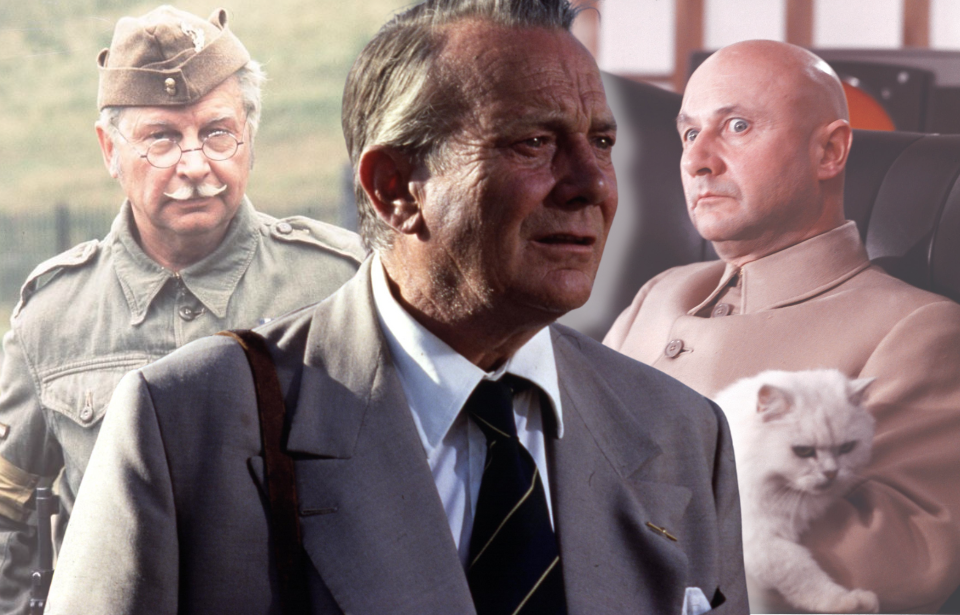Many people are aware that countless famous figures took on various roles during the Second World War. Some fought on the front lines in intense battles, while others served aboard ships or soared through the skies. What you may not know, however, is that several of these individuals were captured in combat and spent a large part of the war as prisoners of war (POWs).
Here are 10 actors who experienced life as POWs during World War II.
Donald Pleasence
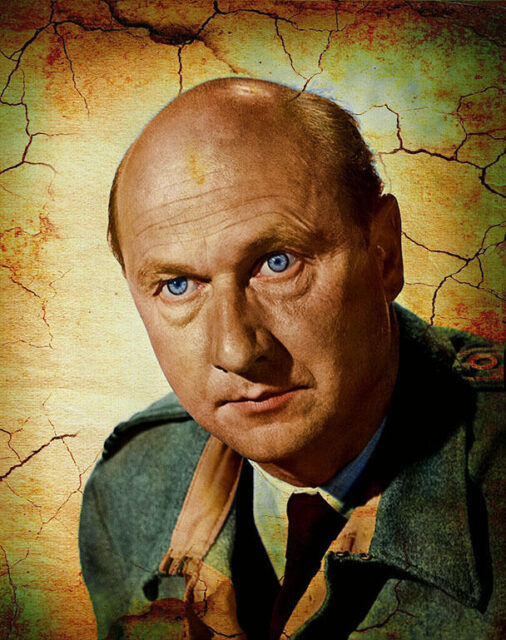
Donald Pleasence is best known for portraying a prisoner of war in the 1963 film, The Great Escape, but did you know he was one in real life? While serving as a gunner and wireless operator with the British Royal Air Force (RAF) during the Second World War, the actor’s Lancaster NE112 was shot down over France and he was captured by the Germans.
Pleasence was sent to Stalag Luft I, which housed approximately 9,000 captured Allied troops. He remained there until the end of the conflict, and spent his time putting on plays to cheer up his fellow prisoners.
After spending six months in hospital, recovering from malnourishment, Pleasence, a stage actor prior to enlisting in the military, returned to the theater, before transitioning into television and movies.
Kurt Vonnegut, Jr.
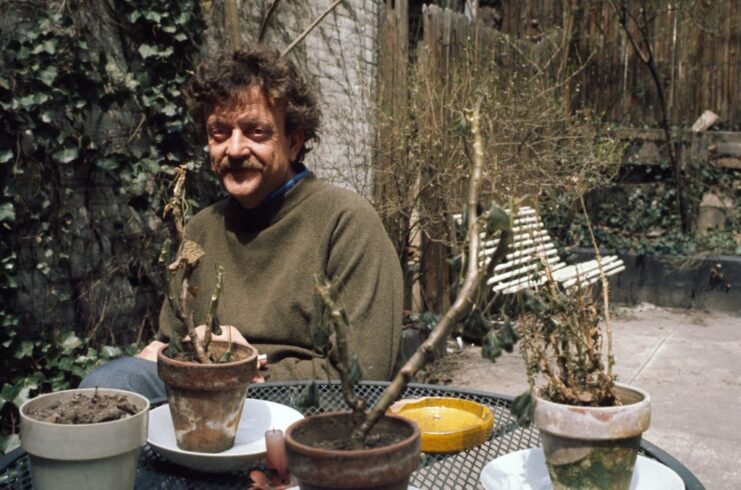
Kurt Vonnegut, Jr.‘s most famous novel is Slaughterhouse-Five, but few people realize that it was heavily inspired by the author’s service in the US Army during World War II. As part of the 106th Infantry Division, he saw action in the Battle of the Bulge, with the engagement serving as the backdrop for his capture and that of 50 other soldiers by the German military.
While being transported by boxcar to Dresden, the train carrying Vonnegut and the others was attacked by Allied aircraft, leading to the deaths of 150 POWs. The author narrowly escaped death and was sent to a slaughterhouse. He was also forced to work at a factory that produced malt syrup.
Vonnegut narrowly escaped death for a second time during the firebombing of Dresden in February 1945, with him crediting his survival to the underground meat locker he hid in. As Gen. George Patton‘s Third Army began to near, he and the other POWs were moved, on foot, the border of Saxony and Czechoslovakia, where they were abandoned by their guards. Vonnegut made it to a repatriation camp, after which he returned to the United States.
Clive Dunn
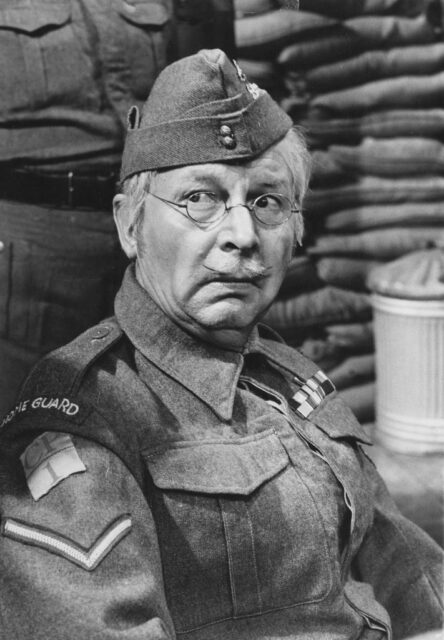
Before he was Lance Cpl. Jack Jones in Dad’s Army (1968-77), Clive Dunn was a trooper in the 4th Queen’s Own Hussars, seeing action in the Greek Campaign as part of the 1st Armoured Brigade, 6th Australian Infantry Division.
While fighting in the Battle of the Cornith Canal, Dunn’s position was overrun, leading him and 400 of his comrades to surrender to the German forces. He was subsequently sent to Austria, where he was held as a prisoner of war for four years. While at Stalag XVIII-A, he dedicated himself to helping his fellow POWs, aiding in escape attempts and providing medical care to those in need of it.
Following the Second World War, Dunn returned to stage acting, which led him to various on-screen appearances, including his famed role in Dad’s Army.
Ed Kemmer

Television viewers will recognize Ed Kemmer for his role as Commander-in-Chief Edward “Buzz” Corry in the ABC sci-fi series Space Patrol (1950-55), but before his acting career, he was serving in the skies over Europe with the US Army Air Forces (USAAF).
As a fighter pilot with the USAAF during World War II, Kemmer was captured after his North American P-51 Mustang was shot down over German-occupied France. He was taken to a POW camp, where he spent 11 months in captivity. Though he managed to escape, he was recaptured two weeks later.
During his time as a POW, Kemmer studied acting, a passion that led him to pursue the craft after his military service. It wasn’t long before he landed both supporting and lead roles in television and film.
Sam Kydd
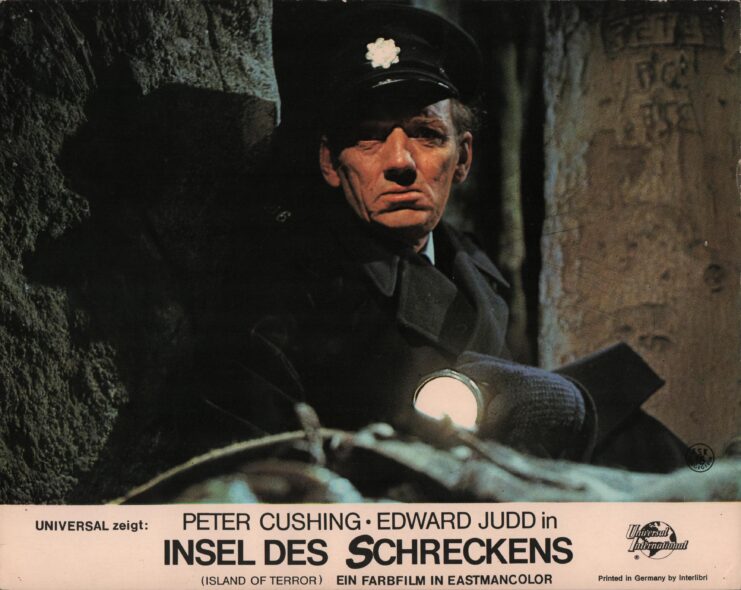
As the son of a British Army officer, it was obvious that Sam Kydd would follow in his father’s footsteps and join the military.
As a member of the British Expeditionary Force (BEF) sent to France, Kydd was captured by German forces and sent to a sub-camp of Stalag XX-A in German-occupied Poland. He remained there for the duration of the Second World War, picking up Polish and using it to trade with locals. However, his efforts once led to him being caught by the camp guards, resulting in a month of solitary confinement.
Like many others in similar circumstances, Kydd turned to acting to pass the time during his captivity. He organized and performed in plays with fellow prisoners and became so passionate about this creative outlet that he even declined repatriation to continue his work.
Michael Goodliffe
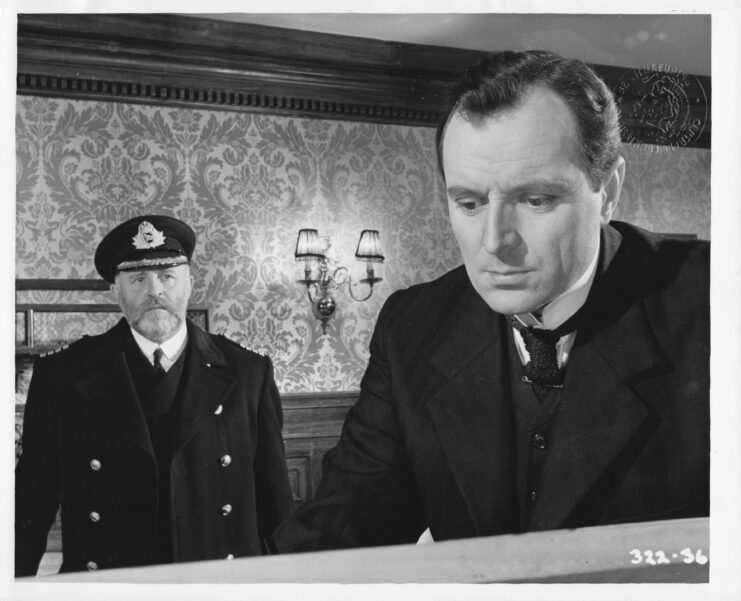
A popular British actor who appeared in the likes of The Battle of the River Plate (1956) and Sink the Bismarck! (1960), Michael Goodliffe was able to use his wartime experiences to bring authenticity to the silver screen.
Goodliffe enlisted in the British Army upon the outbreak of World War II and was commissioned a second lieutenant in the Royal Warwickshire Regiment. He was among those to participate in the devastating Battle of Dunkirk, and after being wounded in the leg was mistakenly listed as killed in action (KIA). In actuality, he’d been taken prisoner by the Germans.
A POW for the remainder of the conflict, Goodliffe used his acting talents to put on shows for his fellow prisoners. His most notable performance during this time was as the titular character in William Shakespeare‘s Hamlet.
Denholm Elliott
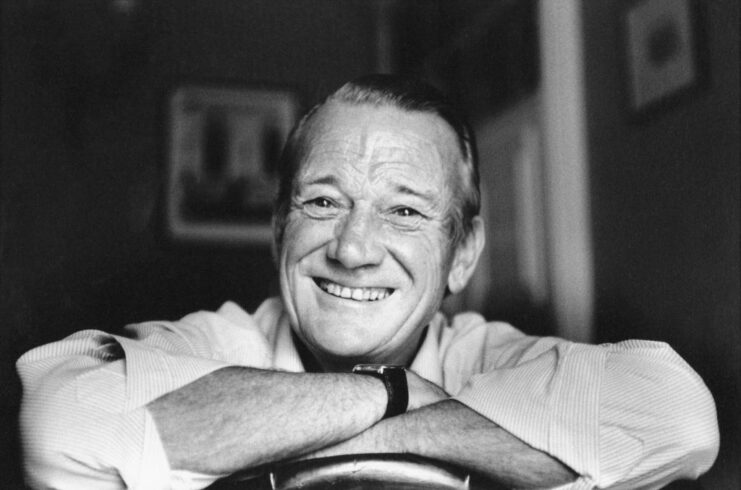
Most people know Denholm Elliott for portraying Marcus Brody in the Indiana Jones franchise, but did you know he scored some of his first acting jobs while a prisoner of war?
Elliott was a trained wireless operator and gunner with No 76 Squadron RAF during the Second World War. While participating in a raid against a U-boat pen in Flensburg, Germany, on the night of September 23-24, 1942, his Handley Page Halifax suffered flak damage and crashed into the North Sea, leading to him and the other crewmen’s captures.
While held at Stalag VIII-B, Elliott put together an acting troupe, which put on amateur performances for the other prisoners. The group was so popular that they were asked to tour other camps and perform William Shakespeare’s Twelfth Night.
Peter Butterworth
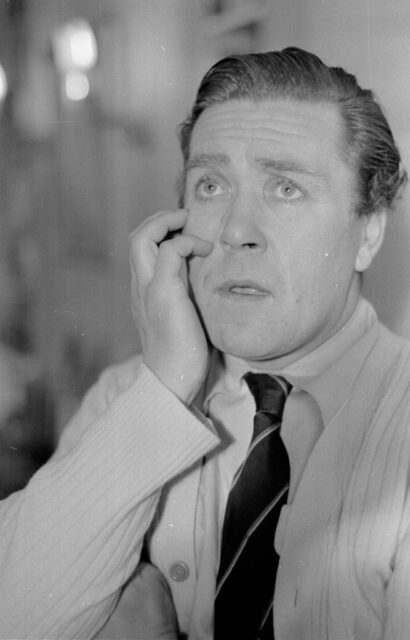
Yet another airman-turned-actor, Peter Butterworth served with the British Royal Navy’s Fleet Air Arm (FAA) during World War II. In fact, it was during a mission over the Netherlands that he was taken as a POW.
While over Texel on June 21, 1940, Butterworth’s aircraft was shot down. The actor was taken to Stalag Luft III, where he played a role in many covert operations. He assisted MI9 by coordinating prisoner escapes, with one of his most famous being the one that was depicted in The Great Escape – he helped dig holes and hide the soil.
While held at the camp, Butterworth became friends with a group of men who’d remain life-long confidants and collaborators, including Talbot Rothwell, with whom he’d work on the Carry On movies.
Percy Herbert
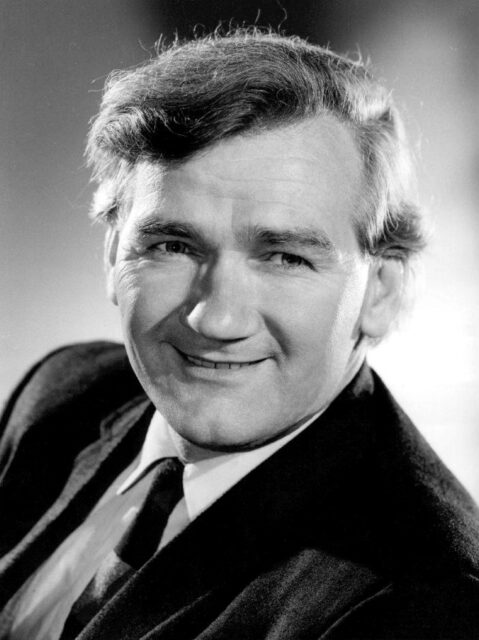
Percy Herbert appeared in some of the war genre’s most famous features, such as The Guns of Navarone (1961) and The Bridge on the River Kwai (1957), and he used his wartime experiences to gain a better understanding of the characters he portrayed in them. What’s more, he was even paid more to serve as a dual consultant-actor for the former movie, due to his time in captivity.
A member of the British Army’s Royal Army Ordnance Corps (RAOC), Herbert was deployed to the Pacific Theater during the Second World War. While overseas, he was captured by the Imperial Japanese Army (IJA) and imprisoned at Changi, in Singapore, where he was held for four years. At one point, he was sent to the cooler for six months for stealing a can of corned beef.
Following the war, Herbert pursued acting, beginning first on the stage, before making the transition to the silver screen.
Rupert Davies
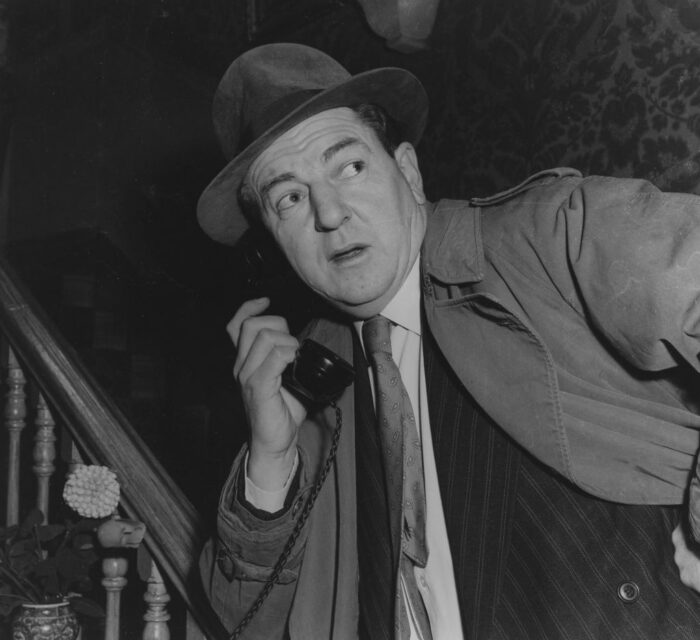
Another member of the Fleet Air Arm, Rupert Davies was taken prisoner after the pilot of the Fairey Swordfish he was aboard was forced to ditch the aircraft off the coast of the Netherlands. Like many on our list, the actor was sent to Stalag III, where he staged his own escape attempts – three, in fact. Unfortunately, none of them were successful.
Resigned to the fact that he’d have to wait out the war at the POW camp, Davies turned his attention to his fellow prisoners. To keep morale up, he began putting on performances, which allowed him to hone the acting skills he’d developed before opting to join the military.
More from us: Actors You May Not Have Realized Served in World War II
Want to become a trivia master? Sign up for our War History Fact of the Day newsletter!
Following World War II, Davies returned to professional acting, going on to star in the likes of Maigret (1960-63) and The Spy Who Came In from the Cold (1965).
